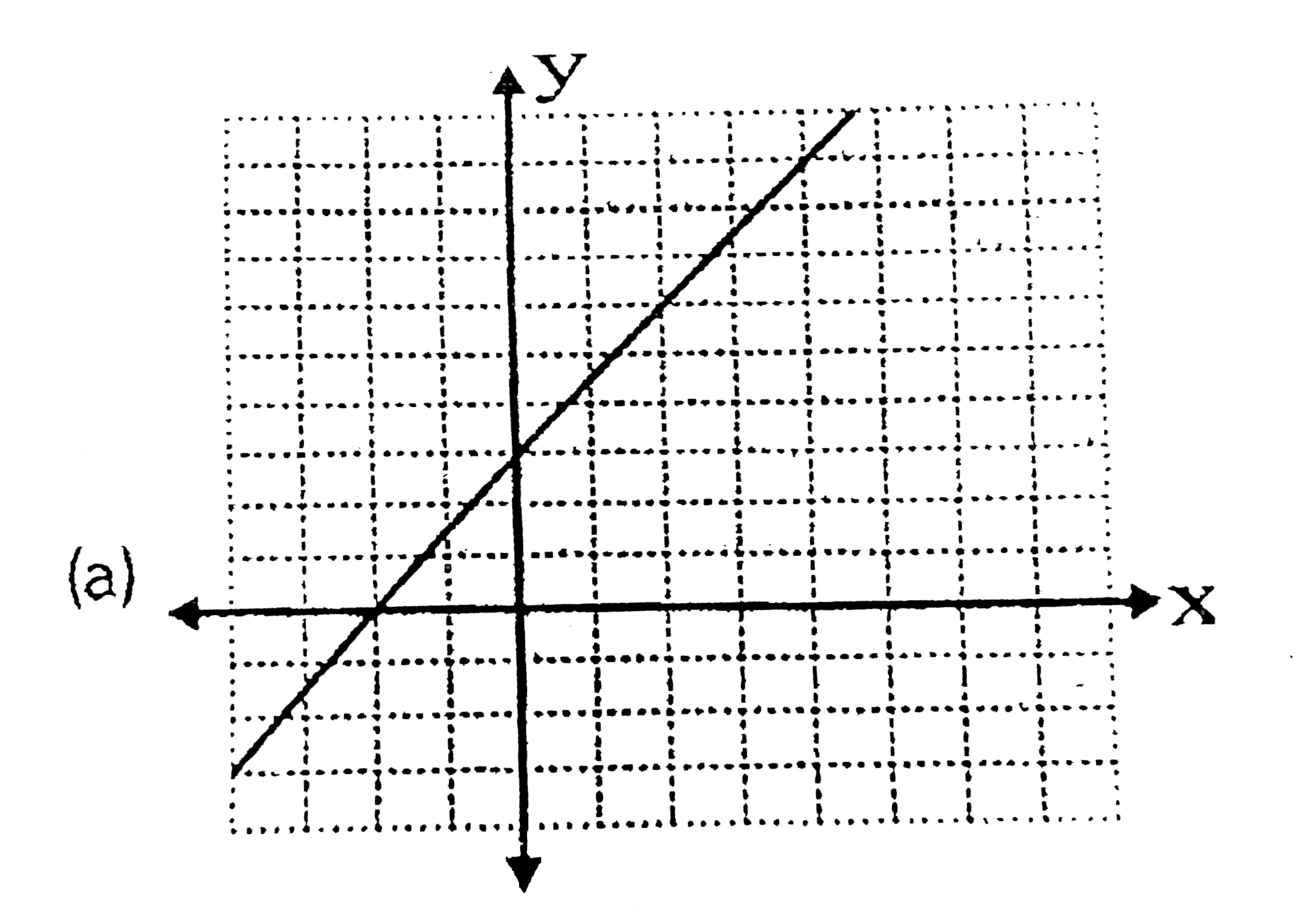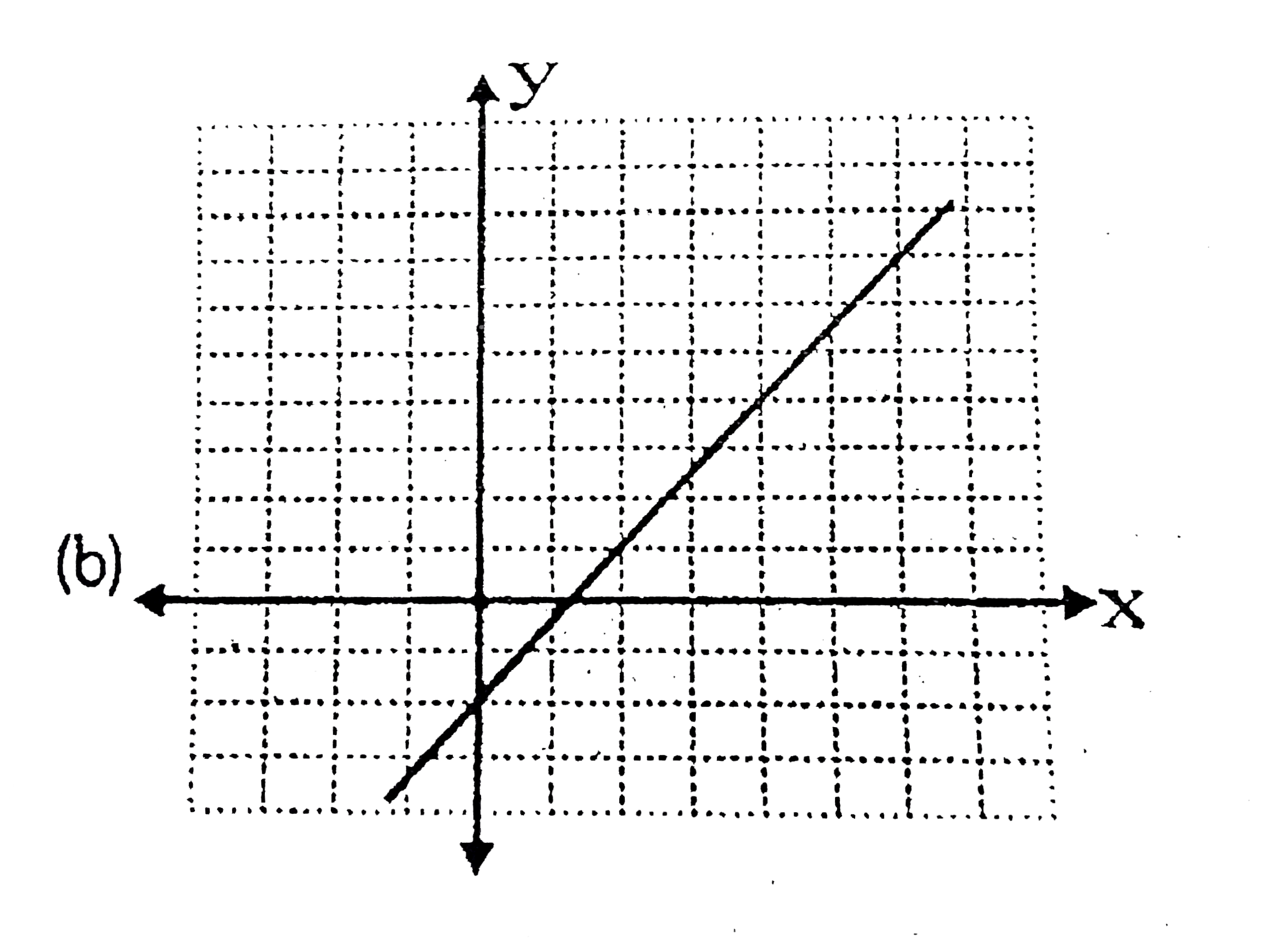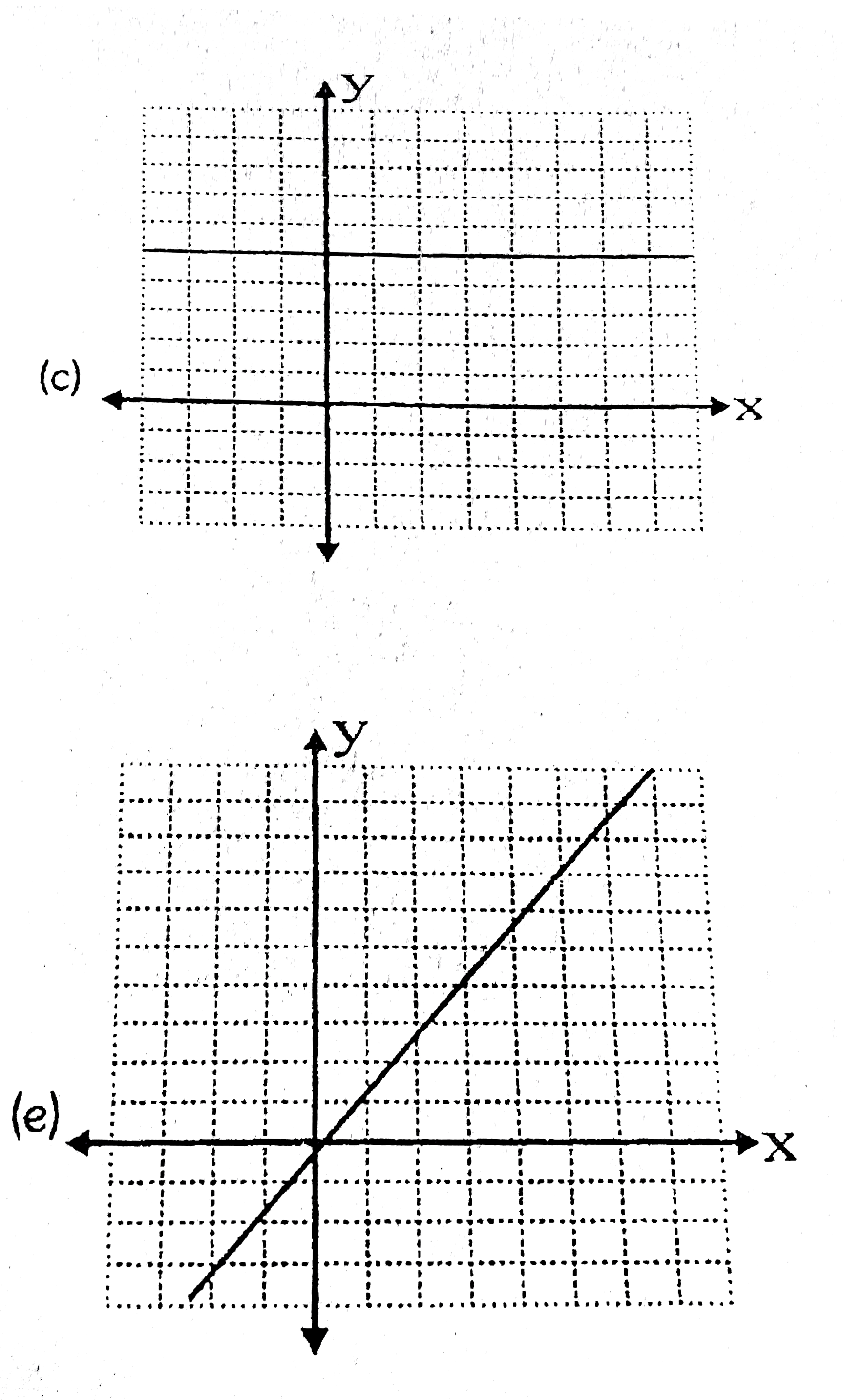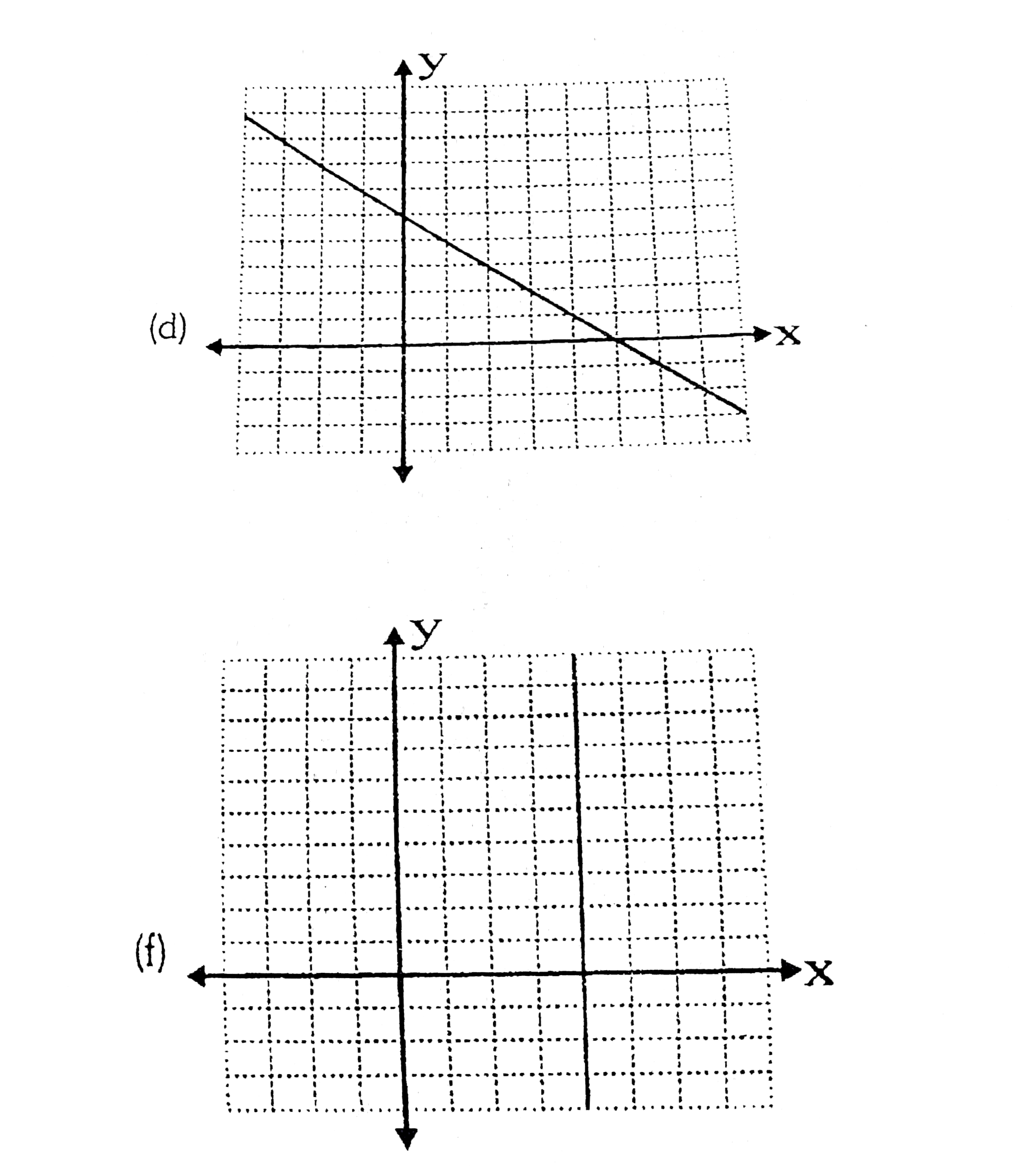Write equation for Ampere's circuital law for the Amperian loop shown (traversed in the direction shown by arrow marks put on it)
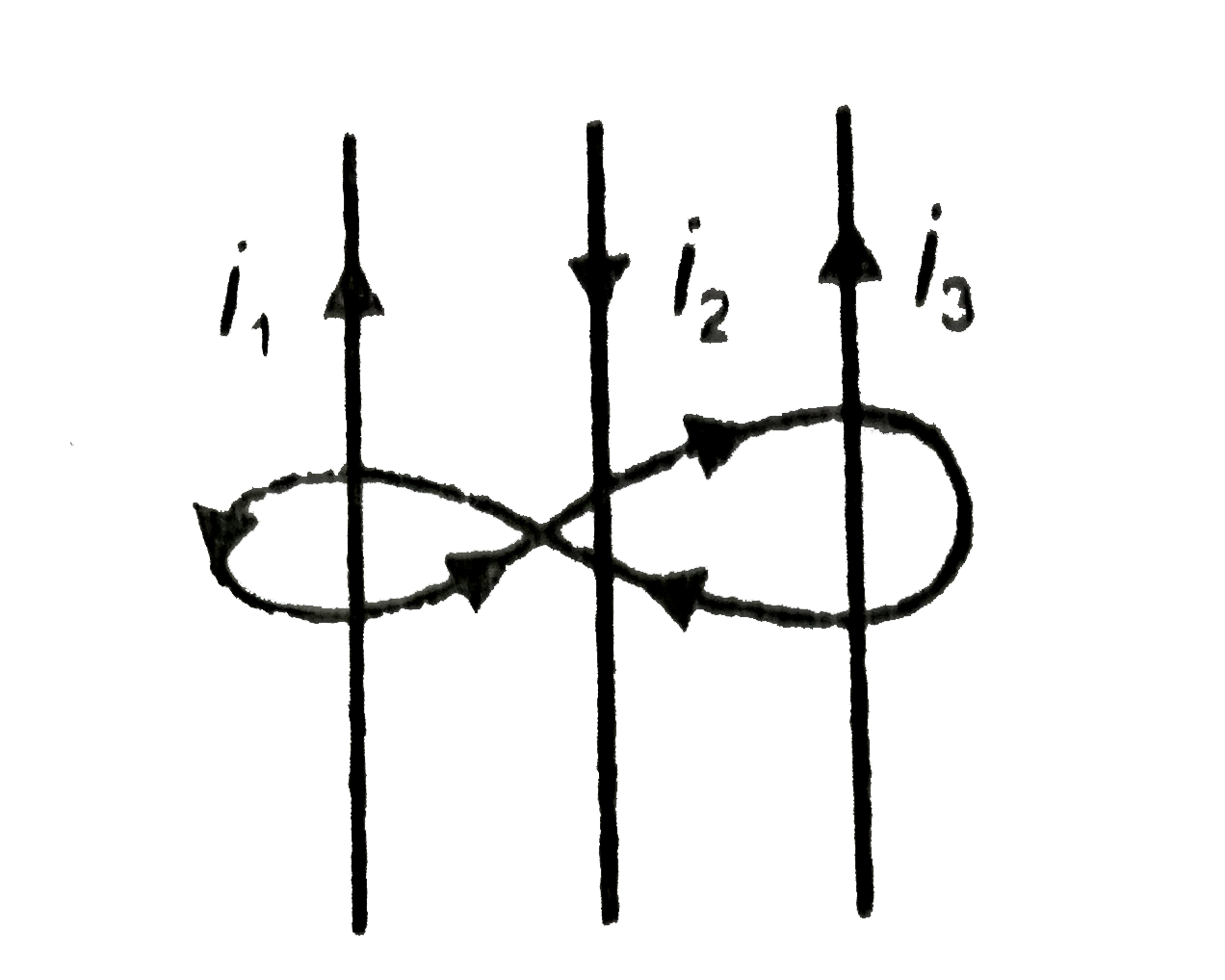
Video Solution
Text Solution
If seen from top, left side portion of the loop is traversed anticlockwise, while the other portion is traversed clockwise. Thus by sign convention: i1 is positive i2 is positive i3 is negative
Thus, ∮→B.→dl=μ0l
=μ0(i1+i2−i3)
|
Updated on:21/07/2023
Topper's Solved these Questions
- BOOK - AAKASH INSTITUTECHAPTER - MOVING CHARGES AND MAGNETISMEXERCISE - Illustration12videos
MOVING CHARGES AND MAGNETISM
- BOOK - AAKASH INSTITUTECHAPTER - MOVING CHARGES AND MAGNETISMEXERCISE - Try Yourself27videos
MOVING CHARGES AND MAGNETISM
- BOOK - AAKASH INSTITUTECHAPTER - MOVING CHARGE AND MAGNESIUMEXERCISE - SECTION D16videos
MOVING CHARGE AND MAGNESIUM
- BOOK - AAKASH INSTITUTECHAPTER - NUCLEIEXERCISE - ASSIGNMENT (SECTION-D)10videos
NUCLEI
Similar Questions
Knowledge Check
- Question 1 - Select One
To apply Ampere's circuital law, we choose amperian loop such that
loop is circular in shape.
B is tangential to loop.
B is normal to loop.
B vanishes around the loop. Out of these, correct ones areAI,II and IIIBII, III and IV IVCIII, IV and IDonly I - Question 2 - Select One
The tube shown in figure is of unifrom corss-section. Liquid flows through it at a constant speed in the direction shown by arrows. Then the liquid exerts on the tube is:
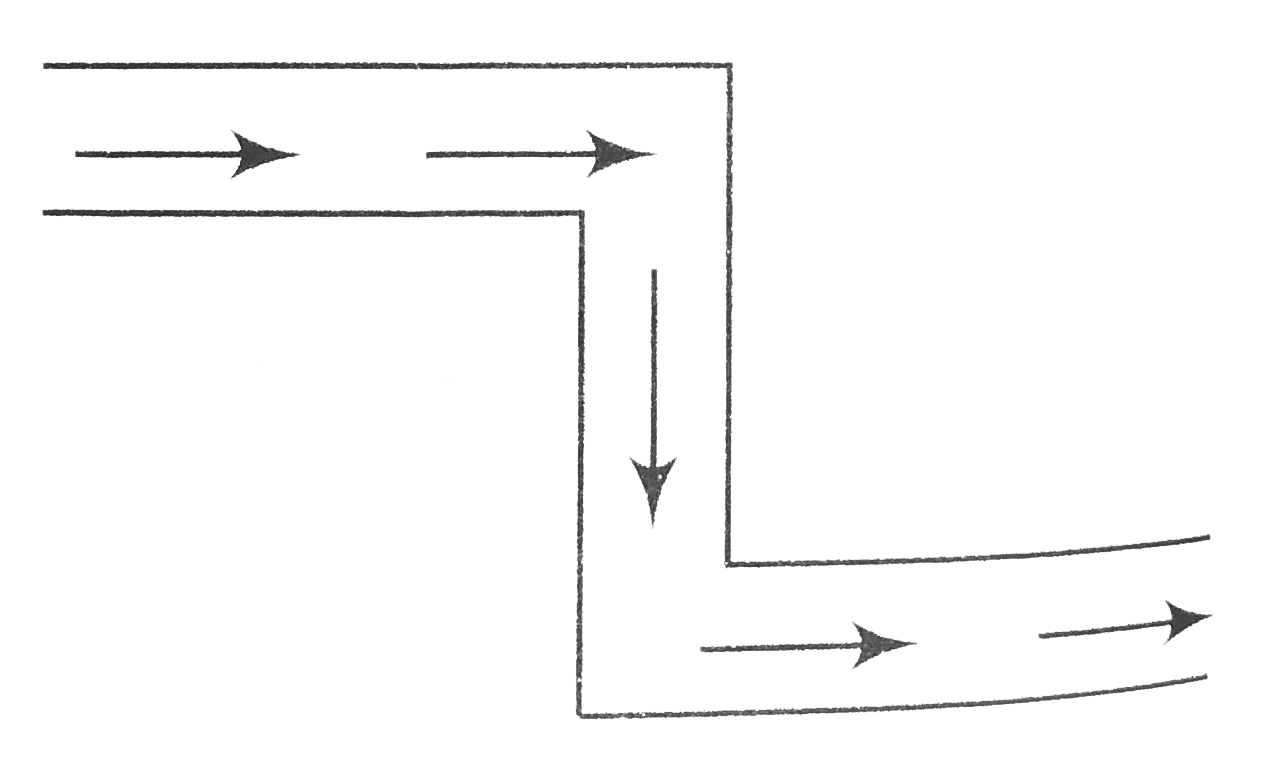 Aa net force to the rightBa net force to the leftCa clockwise torqueDan anticlockwise torque
Aa net force to the rightBa net force to the leftCa clockwise torqueDan anticlockwise torque - Question 3 - Select One
In the diagram shown, a wire carries current I. What is the value of the ∮→B.d→l (as in Ampere's law) on the helical loop shown in the figure. The integration is done in the sense shown. The loop has N turns and part of helical loop on which arrows are drawn outside the plane of paper.
 A−μ0(NI)Bμ0(I)Cμ0(NI)Dzero
A−μ0(NI)Bμ0(I)Cμ0(NI)Dzero
The figure bwlow indicates flow of water through a tube of uniform cross-section with a constant speed in the direction as shown by the arrows. On the tube, water exerts
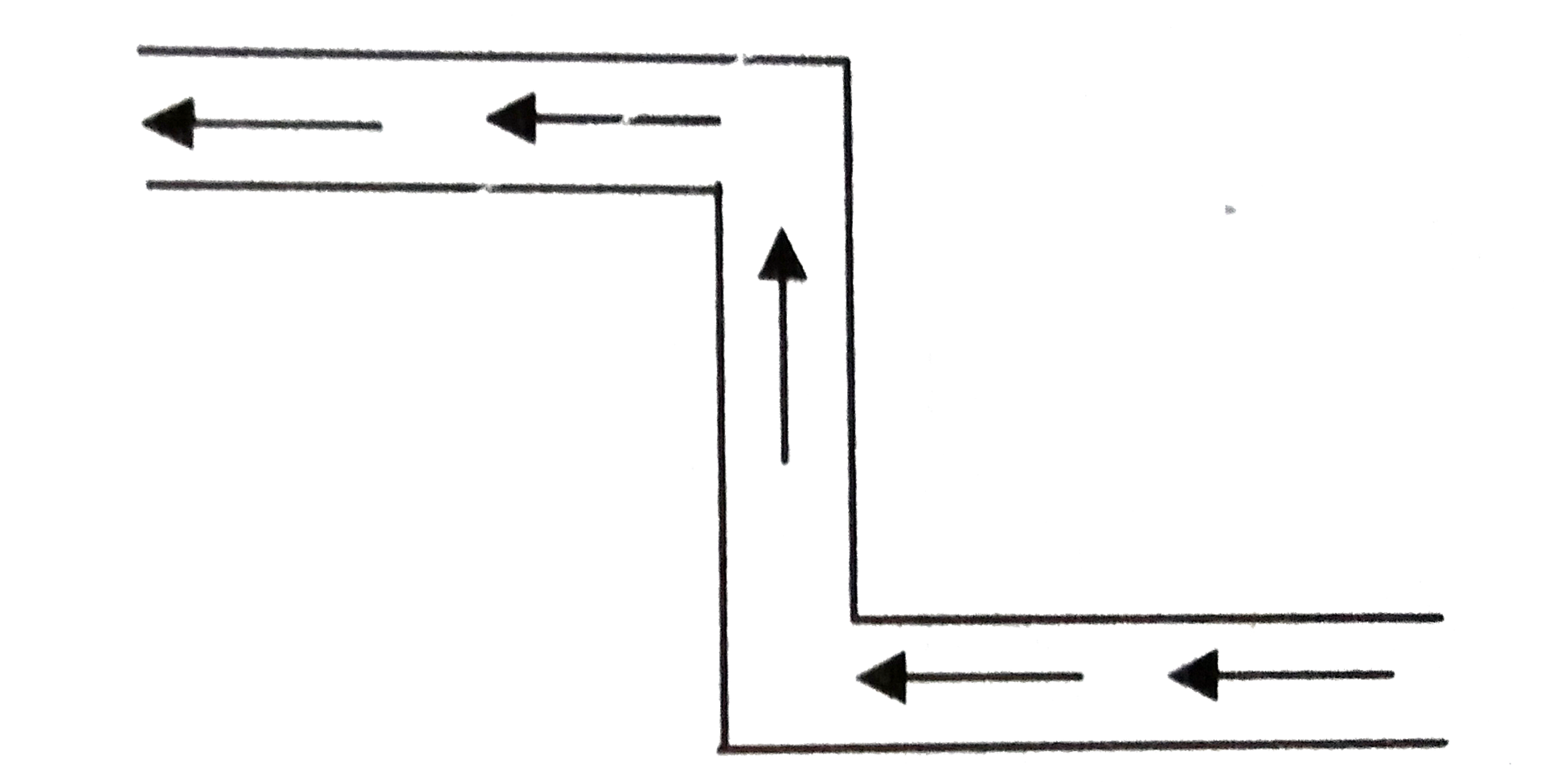 View Solution
View SolutionWrite the truth table for the circuit shown in Fig.
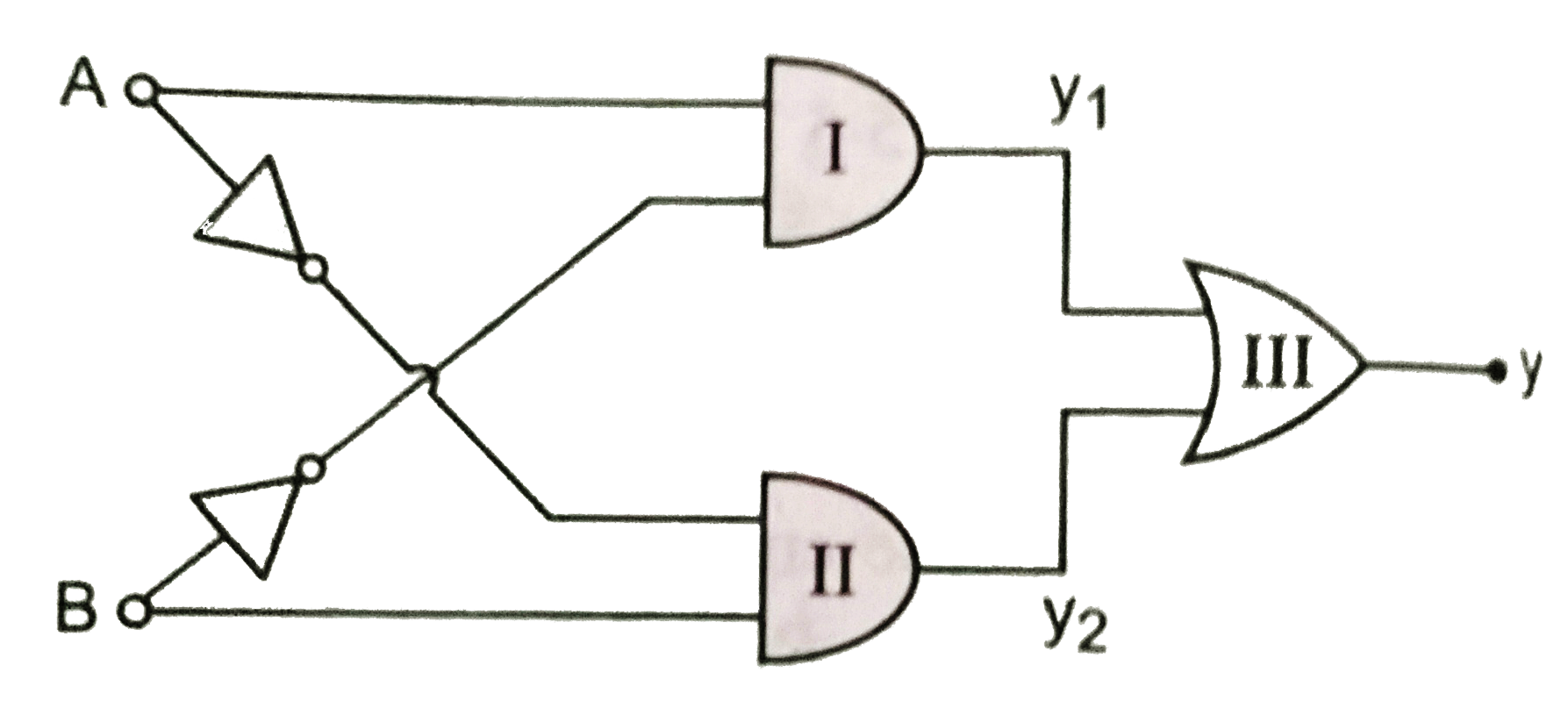 View Solution
View SolutionIn the circuit shown in fig. mark the correct options.
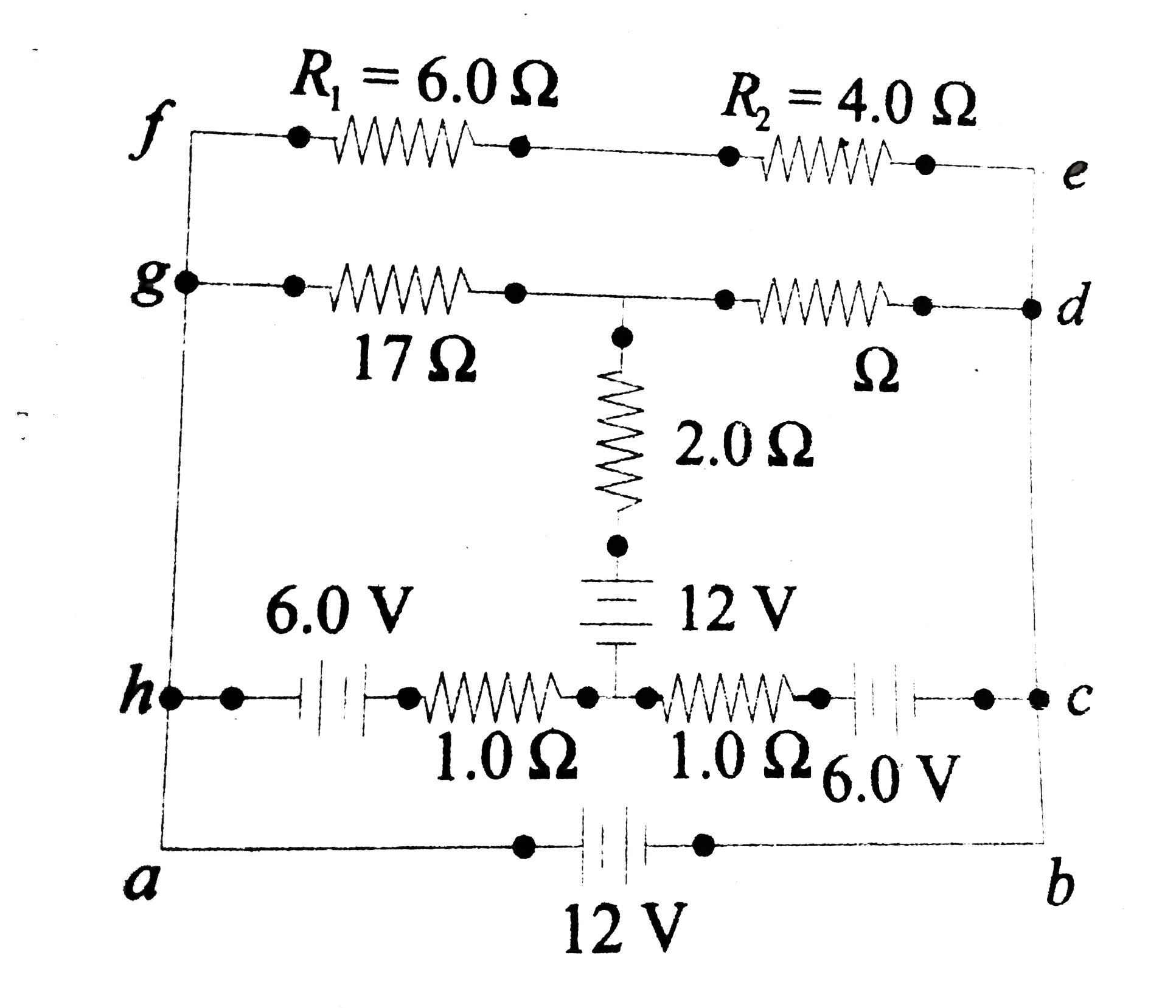 View Solution
View SolutionIn the circuit shown, the value of I in ampere is
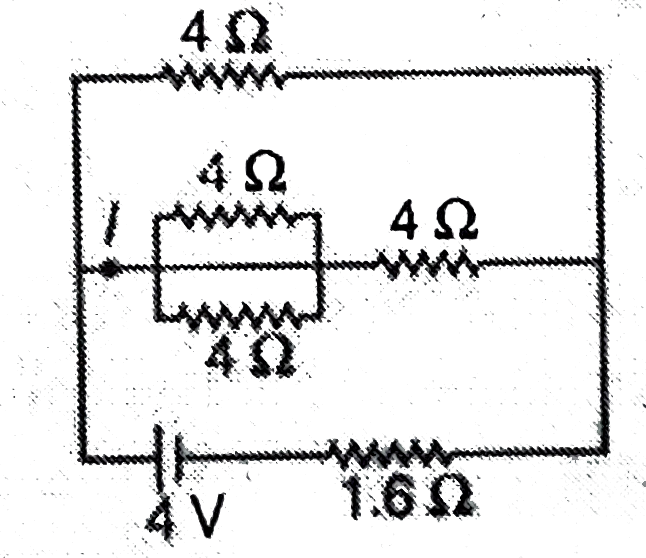 View Solution
View SolutionIn the circuit shown the value of l in ampere is
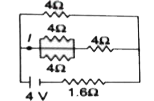 View Solution
View Solution


